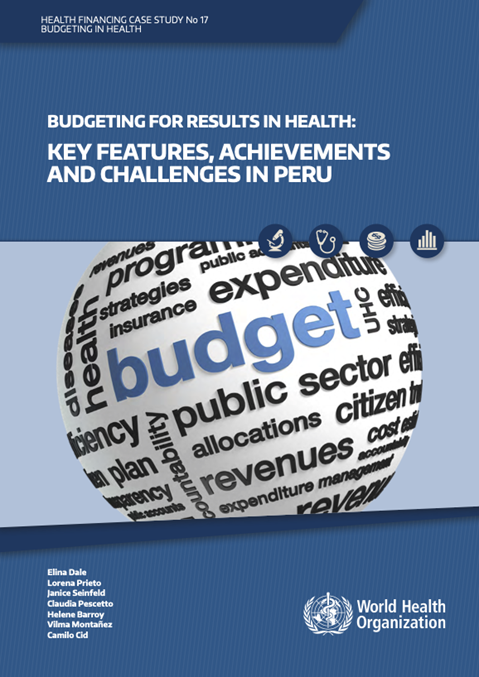Budgeting for results in health: key features, achievements and challenges in Peru

Overview
There is no universal health coverage (UHC) without public financing, making public budgeting a central piece of UHC reforms. Peru has made significant progress in shifting the focus of budgetary processes to reflect priorities based on results. This shift has already produced results: over the last decade Peru has made significant progress on reducing malnutrition, maternal and child mortality. While such impressive results were achieved through a multi-pronged strategy, programme budgeting (or Presupuesto por Resultados as it is known in Peru) played a key role. However, key challenges remain and should be addressed for the progress to continue.
The most important issue facing the reform is the need to shift away from a focus on specific population groups and diseases to enlarge the scope of budgetary programmes, moving towards a system-wide approach by combining activities for specific diseases into broader goal-oriented programmes. This would address the contradiction of the current programme structure with essential health services package (PEAS). Secondly there is a need to enhance spending flexibility within budgetary programmes. Programme budgeting as a form of performance budgeting means shifting the focus from compliance budgeting to management accountability for results. This is yet to happen in Peru.
The paper provides key recommendations to support the country in realizing its full potential when it comes to programme budgeting and in making even further progress towards better health outcomes for the population of Peru.
Language Downloads
Presupuesto por resultados de salud: características, logros y retos clave en el Perú
Related documents
- Budget structure reforms and their impact on health financing systems: lessons from Kyrgyzstan
Health financing case study No 14 - Budget matters for health: key formulation and classification issues
Health financing policy brief no 18.4 - WHO Symposium on Health Financing for UHC. Public Financing for UHC: Towards Implementation
Meeting report
